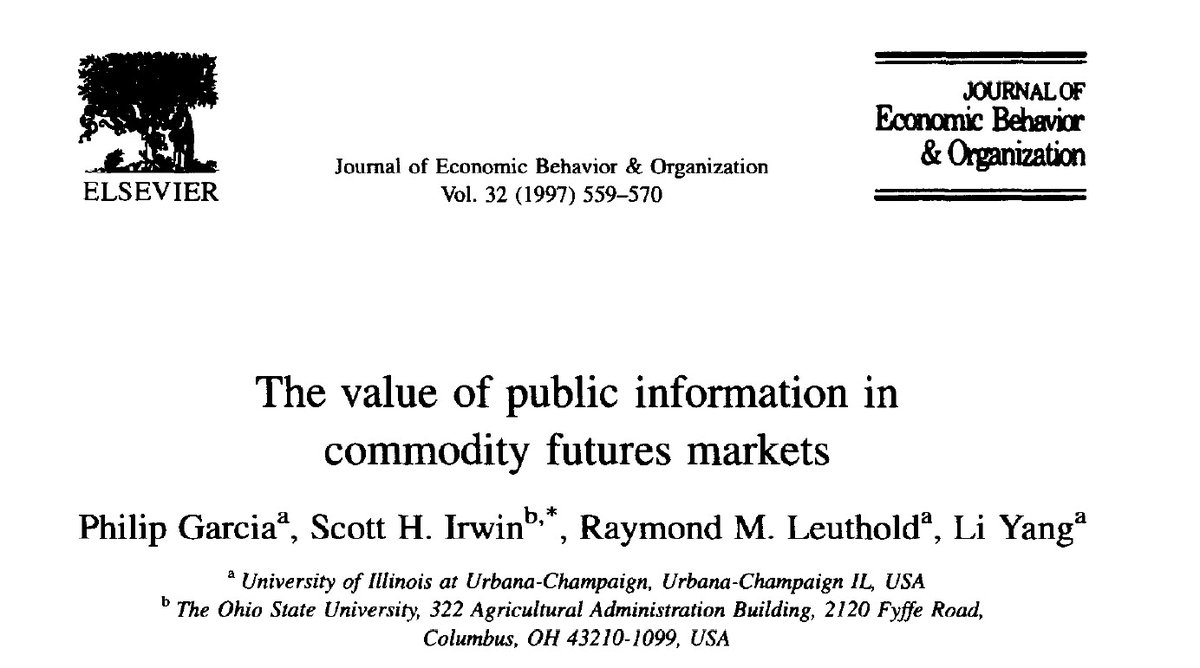
1. First domino to fall on the 2020 and 2021 RFS RVOs. Yesterday, EPA proposed extending deadlines for 2019 SR compliance and 2020 & 2021 compliance for all obligated parties based on publication of 2020 & 2021 RVOs in Federal Register. Got that? See text below for details. 

2. First off, I have no idea if this "sliding" approach to RFS compliance is legal or not. If nothing else, a long, long way from the original policy of compliance occurring shortly after the calendar year ends.
3. In addition, I don't know what this implies for the really important outstanding questions about RFS compliance and RVOs that are forthcoming someday from the Biden EPA.
4. To review, several small refiners have cumulative RIN obligations totaling more than a billion dollars. Playing a game of chicken with Biden EPA. Your play Carl Icahn.
5. This rulemaking could imply that Biden EPA is not going to fully blink on those small refiner RIN obligations. Maybe all they offer them is spreading the RIN obligation out over more time. Or maybe this is the first part of bailing them out.
6. The really big outstanding question is where the 2020/2021/2022 RVOs will be set. This is the Big Enchilada. Is the Biden EPA going to crush the 2020/2021 RVOs back to actual domestic consumption or not?
7. It is clear, at least to me (and Chuck Grassley), that the Biden Admin planned to crush the RVOs until they were leaked. Where they will land now is very difficult to tell. My best guess is at a level that will make everyone upset.
• • •
Missing some Tweet in this thread? You can try to
force a refresh









